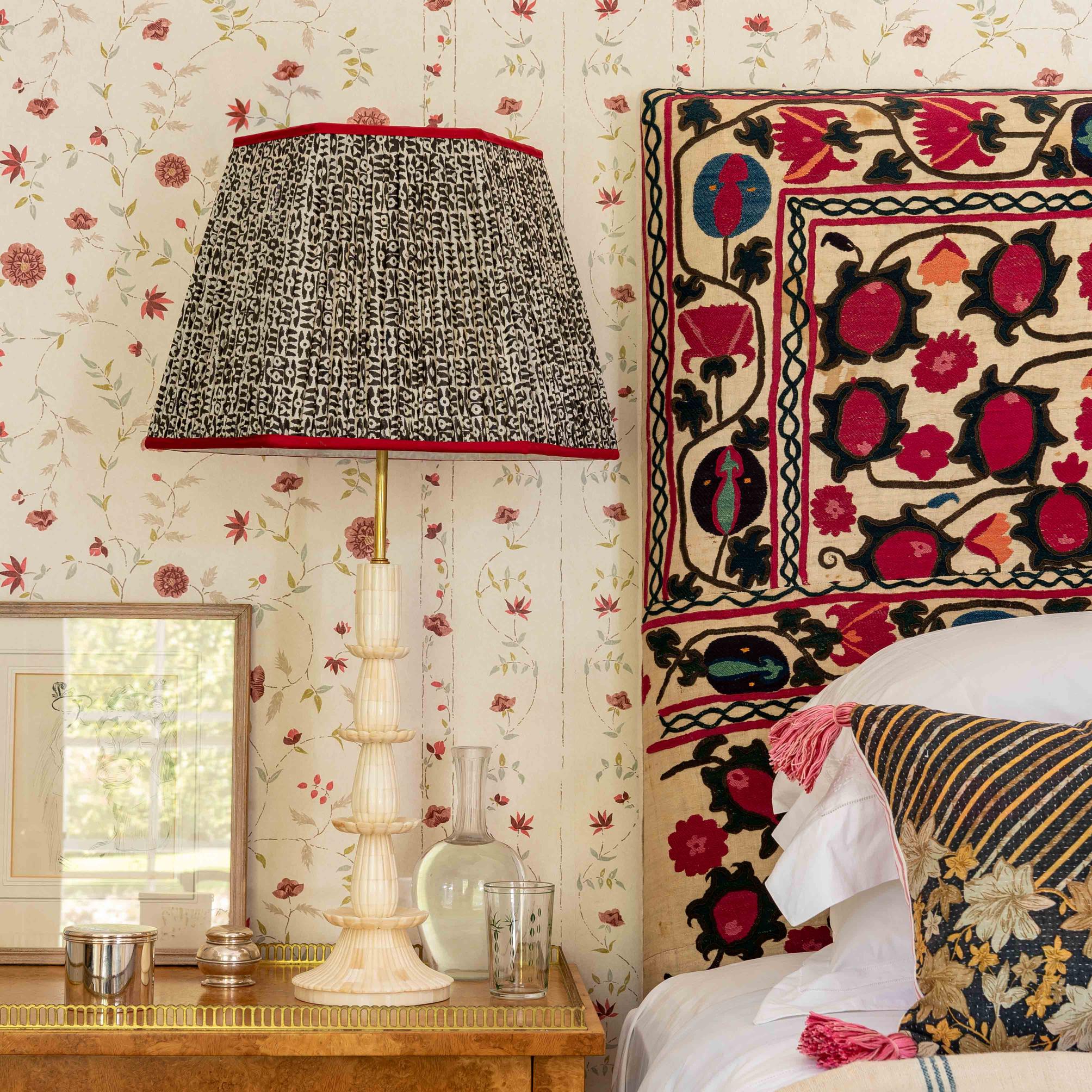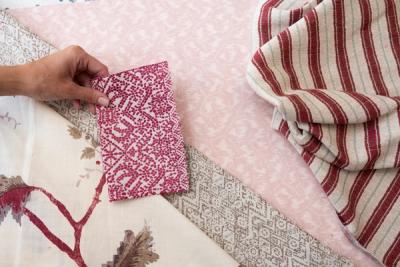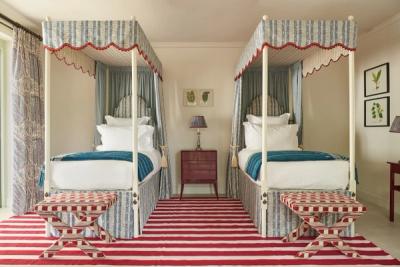Decoration
Is Red Really a Bad Choice for the Bedroom?
Blue Monday. The Particular Sadness of Lemon Cake. A good night spent in the pink. Green with envy – or how about purple with anger? Colour and mood are pretty familiar bedfellows when it comes to common expression, but are they really powerful enough to affect us in real life?

Is Red Really a Bad Choice for the Bedroom?

Blue Monday. The Particular Sadness of Lemon Cake. A good night spent in the pink. Green with envy – or how about purple with anger? Colour and mood are pretty familiar bedfellows when it comes to common expression, but are they really powerful enough to affect us in real life?
If you’ve been following our blog for a while now – or, really, any length of time – you’ll no doubt know that we are avid devotees of colour. From unlikely (but highly effective) colour combinations to the absolute classics of interior design, we’ve written a lot of articles and posts dedicated to the wonderful world of colour.
So, unless you’re 100% committed to the stark white vibe of an ultra-minimalistic home, you’re probably a little like us and feel like most colours bring their fair share of joy. True, blue, green, red – they all have their connotations – but how much water does that line of thinking really hold?
Why is Red So Controversial?
Colours are always divisive, which means that there will always be an argument against any colour in any part of the home. When it comes to red, the main argument against it is its (supposed) ability to raise the energy levels in a room – the exact opposite of what you want in a space designed for relaxation and calm.
Can a Colour Really Impact Mood?
To some extent, most of us are aware of the colour tricks big brands use to influence us. If you’ve ever stared at those golden arches, wondering whether or not red and yellow together really do impact your hunger-levels, then you’re not alone. There is clearly a compelling enough argument in favour of it that has swayed more than one marketing boardroom, so we won’t try to argue with the pros there.
But, hunger pangs aside, what about mood? If you’re painting your living room red, are you really running the risk of feeling a wave of anger or passion wash over you every time you walk in? The science says maybe.
Red has a very long wavelength, surpassed only by yellow, which makes it one of the easiest colours for the human eye to detect. It tends to draw the eye much more effectively than, say, violet, which has the shortest wavelength of all the colours. Red signs, red writing – it all tends to jump out at us.
A number of studies have identified a certain amount of stimulation (signalled by a spike in energy levels) caused by the colour. Our blood pressure, metabolism (aka, appetite), and even breathing can get a boost when we spend too long ‘seeing red’.
While it’s unlikely that sitting in a red room is going to pump you through of adrenaline, it’s not a stretch to suggest that red’s unique capabilities make it pretty stimulating. It’s not an ideal colour for rooms you’re looking to unwind in – the bedroom and living room, for instance. But, unless you’re going for a monochrome colour scheme, integrating splashes of red into a bigger palette isn’t going to make the blood boil, the passions flare, or the heart race.
The Best Shades of Red for the Bedroom
A red room doesn’t have to be bright crimson, and plenty of shades are perfectly ‘in between’ that you don’t need to worry too much about the theory behind the colour. From your fabrics to your wallpaper and furnishings, red doesn’t have to be off limits.
Brick Red
Brick red is like a subdued, slightly dirty red – the distinctive and eye-capturing red of Victorian terraced houses. Shades that fall under this label can vary from slightly orange to slightly rosy and pink, or even a little on the browner side.
Thanks to its prevalence in Victorian buildings, brick red is relatively familiar to us. It’s a softer, more subdued colour – as though it’s weathered a few storms – and, for that reason, a lot easier on the eyes (and, perhaps, the spirits) than a primary red. Perfect for a room built for relaxation.
Berry Red
This shade has a slightly purplish undertone. Think of the colour of blackberry jam when the light hits it – dark and seductive, but not so dark that it loses that reddish tint.
Purple is a calm, relaxing colour, so combining it with red to create a moody shade of berry is a great choice for decorating the bedroom. Plus, that ages-old rule about avoiding dark colours in smaller rooms? Definitely not hard-and-fast by any means.
Natural shades of red tend to offer the best shades for decorating. For the walls, our Bengal Garnet wallpaper captures that organic shade – one that proves a lot more versatile in interior design.
Rose Red
A beautifully subdued, soft, gentle red will also be perfect for the bedroom. Pair it with a varied colour palette – maybe a richer orange and some lighter, dustier greens – to avoid it feeling too one-note.
For fabrics, start off with our Tulkan print in red. It’s a versatile colour, and the print will add plenty of texture to the space without overwhelming it as a bright, crimson red would do.
More from Decoration
















